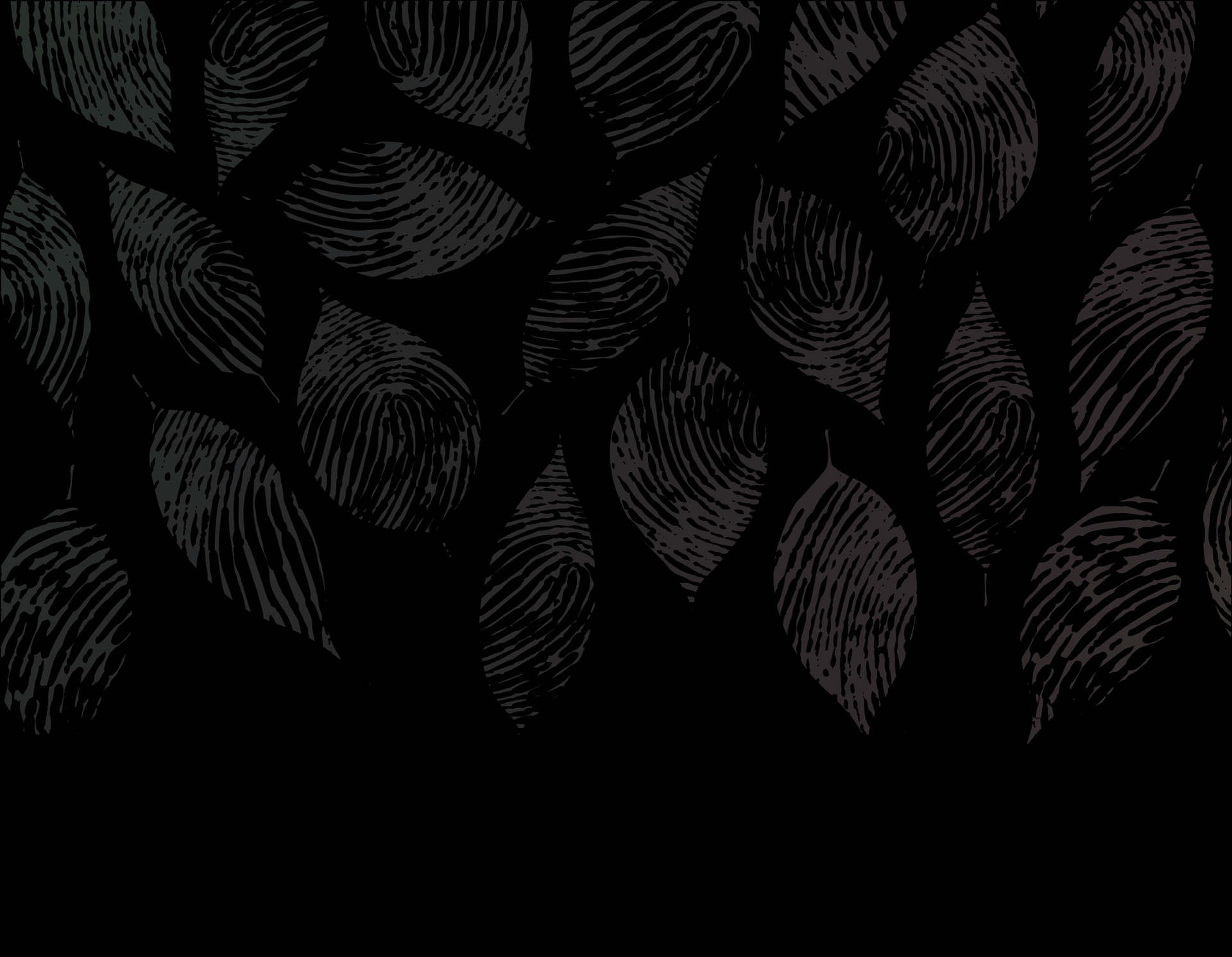Ideas
Idea #7: Addressing Racial Microaggressions
“Education about racism provides a vehicle for civic engagement and social responsibility, and the opportunity to translate awareness into action that enables students to take their learning beyond the campus and into their daily lives.”1
Learning Intention
Racism affects all disciplines, and addressing it in class can provide “a much-needed framework for helping students understand present realities and their historical context, and identify ways to address such issues on campus and in the larger society.”1
Overview
“Microaggressions are acts of disregard or subtle insults stemming from often-unconscious attitudes of white superiority.”1 Identifying racial microaggressions can increase student awareness of how to address the conscious and unconscious harmful behaviors and comments they may encounter.
Instructions
- Define: The term ‘microaggression’ can be better understood by breaking it down into more specific categories. Microinsults are often unconscious, inconsiderate, degrading comments or actions. Microassaults are generally conscious attacks committed with harmful intents. Microinvalidations are usually unconscious behaviors or remarks that refute the realities experienced by a person of color.2
- Share: Ask students to reflect on where they have experienced, witnessed, or committed microaggressions. Have students share examples of racial microaggressions that fall under the three types listed before: microinsults, microassaults, and microinvalidations.4
- Record: Write down the examples students provide under each of the categories.
- Brainstorm: Collaboratively come up with methods on how students can interrupt or challenge each microaggression. Possible solutions may include requesting elaboration, reframing the situation, re-directing the topic, or revisiting a microaggression that may have occurred in the past.3
Considerations
- Cater the exercise to microaggressions students have encountered in a specific familiar setting, such as in university, their classes, or extracurricular activities, to reinforce the relevance of this topic.4
- How you say something can be as important as what you say. During the Brainstorming phase, encourage students to consider the techniques they would use to address microaggressions. This might include body language, tone of voice, timing, and an appropriate use of humor.3
- Microaggressions are certainly not limited to racial microaggressions; expand the conversation.
References
- Bell, L.E., Funk, M.S., Joshi K.Y., & Valdivia M. (2016). Racism and White Privilege. In Adams, M., Bell, L.E., Goodman, D.J., & Joshi K.Y. (Eds.), Teachings for Diversity and Social Justice (3rd ed., 136, 152, 153). New York, NY: Routledge.
- Sue, D. W., Capodilupo, C. M., Torino, G. C., Bucceri, J. M., Holder, A. M. B., Nadal, K. L., & Esquilin, M. (2007). Racial microaggressions in everyday life: Implications for clinical practice. American Psychologist, 624, 271-286. Available: http://world-trust.org/wp-content/uploads/2011/05/7-Racial-Microagressions-in-Everyday-Life.pdf
- UC Santa Cruz Academic Affairs. Tool: Interrupting Microaggressions. Available: https://academicaffairs.ucsc.edu/events/documents/Microaggressions_InterruptHO_2014_11_182v5.pdf
- Whitney, C., & Moise E., Center for Teaching and Learning at University of Washington. Define and discuss: Micro-aggressions and shortcuts. In In Group/Out Group Lesson Plan (Section 3). Available: https://www.washington.edu/teaching/files/2016/12/InGroupOutGroupLessonPlan.pdf
